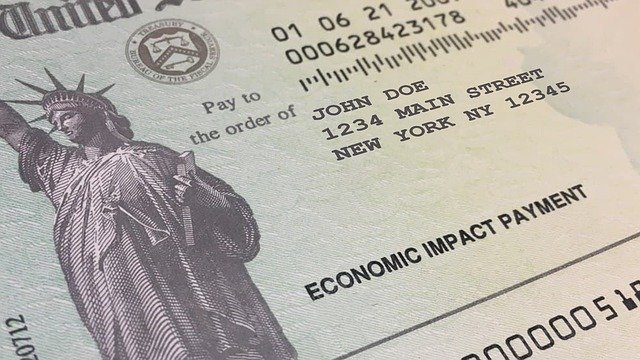In the 12 months through March, the average stock fund lost 8.3 percent, while the average taxable bond fund lost 3.6 percent. That was a terrible year. In the first three months of this year — mainly, before the bank crisis — investors did much better. The average stock fund rose 5.4 percent, while the average taxable bond fund returned 2.6 percent.
What is striking about these results is that there is no consistency from year to year. The funds that did best in the first quarter of 2023 tended to be among the worst for the last 12 months. The Virtus Zevenbergen Innovative Growth Stock Fund, for example, gained 28.4 percent in the quarter, a spectacular result. But for the 12 months through March, it lost 32.1 percent. The underlying stocks in the portfolio — including Tesla, Amazon and Nvidia — had Jekyll and Hyde performances, too, depending on which month you looked at them.
Similarly, the performance of bond funds with blue-chip holdings was painfully erratic. The Vanguard Extended Duration Treasury Index fund, for example, contains Treasury bonds. What could be steadier or safer?
Well, bond prices and yields move in opposite directions, and as interest rates rose last year, the fund’s bonds lost value. What’s more, the fund holds 20-or-more-year bonds, which made them particularly vulnerable, because the longer a bond’s duration, the greater the price changes when interest rates move.
In this case, the Vanguard fund gained 6.4 percent in the first quarter, largely because bond yields fell as traders bet that a recession would be coming soon and that the Fed would be dropping interest rates. But over the 12 months through March, which included a long stretch of interest rate increases, the fund lost 24 percent. If there is a recession, this will be a good fund to own. If rates rise, though, the fund could lose money again.

